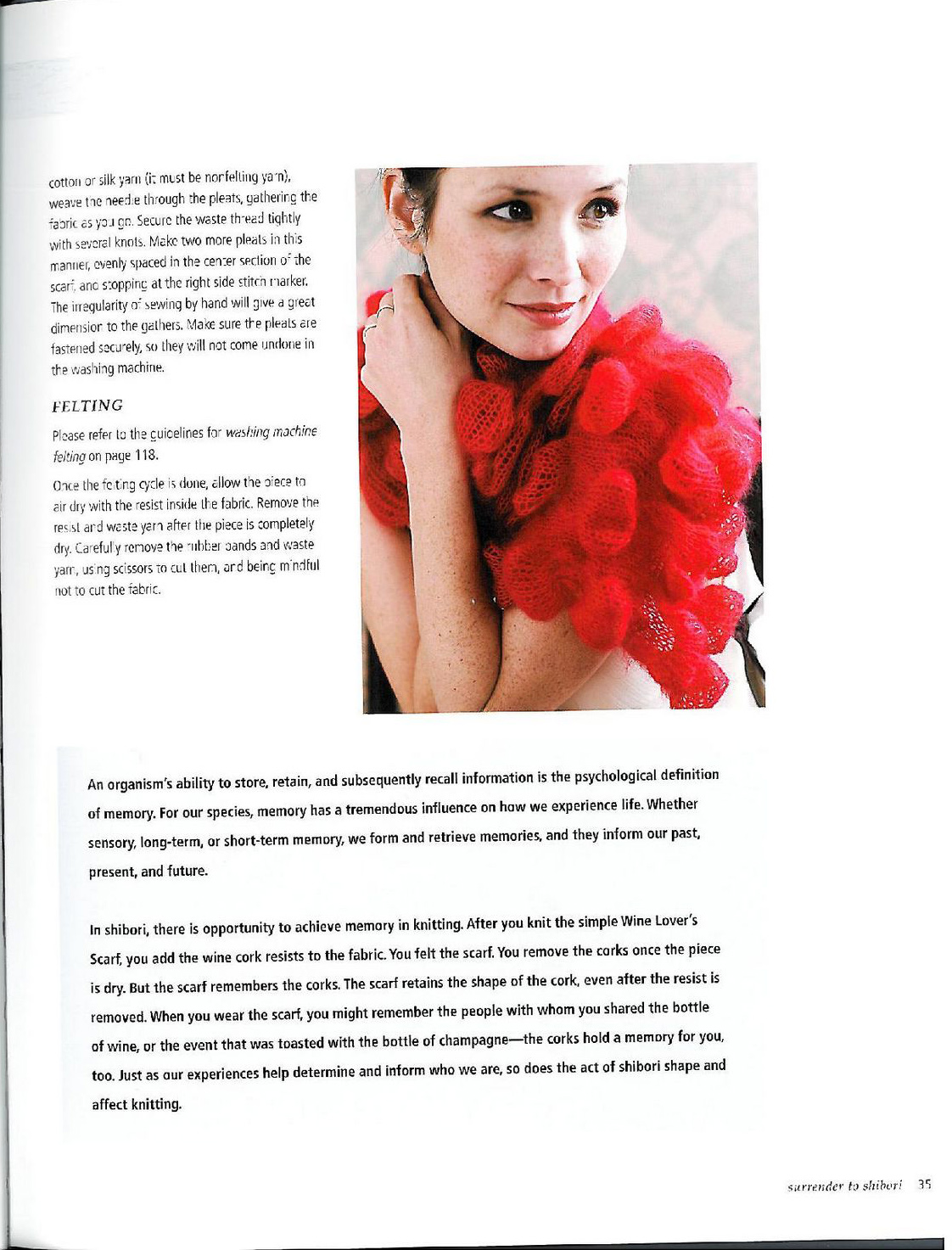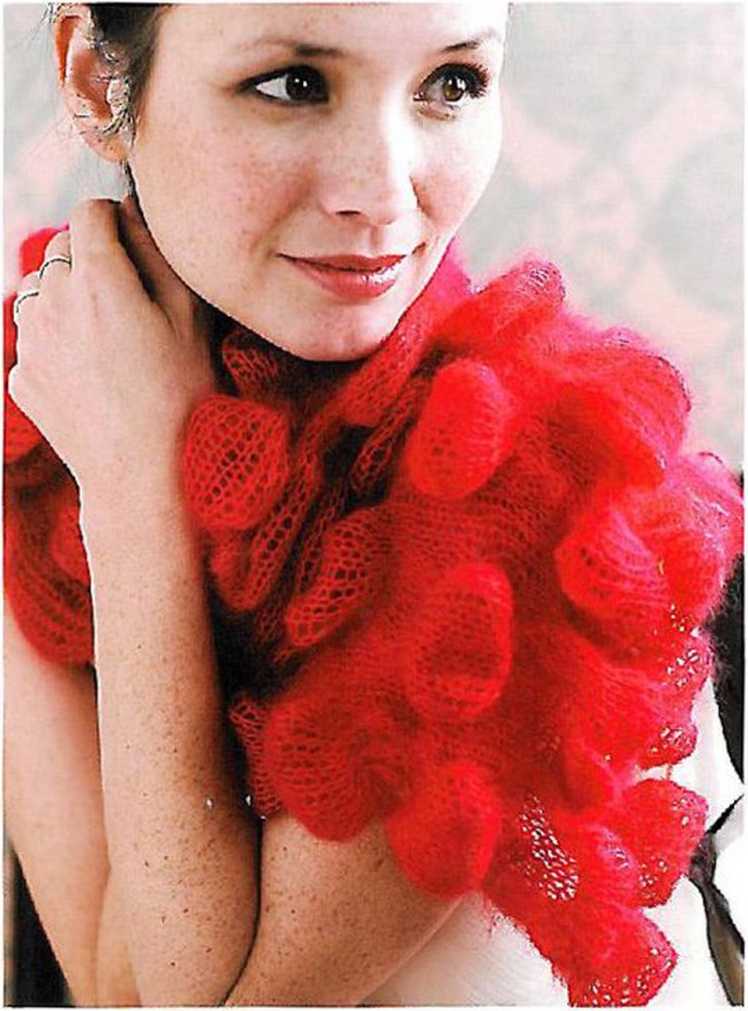79162 S20C 409120813211


cotton or silk yarn ii: mist be norfelling ya n). weave nc neerie through :he pleats, gatherir.c the faoric as yoj en. Securc the waste th-ead tightly with ssvoral knols. Make two morę pleab i:i th s rranner, evenly spaceb in the cerer section o: the scar. arie stoppinę at the right side stiten narker. The irregularity o' sewing by hand will give d greet dinensior to the gslhers. Make surę thp pleals ere fastened socj-ely. so lliey will not cone undone in thewashing machinę.
FELTING
Please ref er to the cuicelines for washing machinę feiting on pnye 118.
Oice the fc t ng o/de is done, allow ne o:ec? to air (Jry with the resist inside il e fabric. Remove the rps.sl ard waste yan after the piece is completely dry. Ca eful y rcnove tne 'iihbsr oands and waste yarr, js ng scissors to cli then, ord beir.c m ndful not :o cut the fabric.
An organism's ability to storę, retain, and subsequently recall information is the psychological definition of memory. For our species, memory has a tremendous influence on haw we experience life. Whether sensory, long-term, or short-term memory, we form and retrieve memories, and they inform our past, present, and futurę.
In shibori, there is opportunity to achieve memory in knitting. After you knit the simple Winę Lover's Scarf, you add the winę cork resists to the fabric. You felt the scarf. You remove the corks once the piece is dry. But the scarf remembers the corks. The scarf retains the shape of the cork, even after the resist is removed. When you wear the scarf, you might remember the people with whom you shared the bottle of winę, or the evcnt that was toasted with the bottle of champagne—the corks hołd a memory for you, too. iust as aur experiences help determine and inform who we are, so does the act of shibori shape and affect knitting.
aurreuder to shiburi Tri
Wyszukiwarka
Podobne podstrony:
S20C 409120813141 Think about Ihc way strata ran be seen iii rock, ho w layers of timc arc cncased i
Plansze?ukacyjne ? BASIC ENGLISH II. PREPOSITIONS OF PLACEWHERE? in front Where ls Tom? He rs Behlr
S20C 409120813150 Yarn contcnt There are different iaclors for felting and nonfelting fibers lo cons
S20C 409120813411 s iI vous plait kimono conlinued riown One W th color 3 ard smaliest neeules. pick
S20C 409120813242 If ever you find yourself in need of a quick ripping out of mohair, angora, or ano
S20C 409120813443 yarn substitution guide a The following gnido, organized by weight, delails all Al
image032 (4) % Choice of Flash Point, EvaporatM>n, or Solubibty Calculation II you ntcrd to port:
iI crystal, or magnetic—can be employed. Stereo or mono tape recordings can be madę using the monito
S20C 409120813151 Szoatching Information You read this in every knitting book: Make a swatch! Swatrh
S20C 409120813171 bouquet wrap Something ahout knitters andflozoers i ust go togefher. I suppose the
więcej podobnych podstron